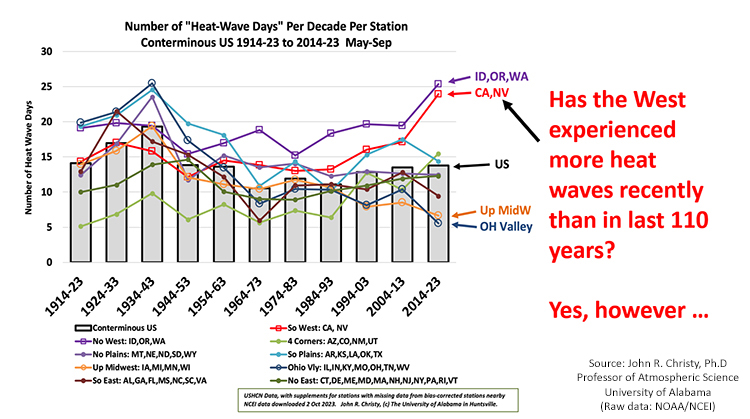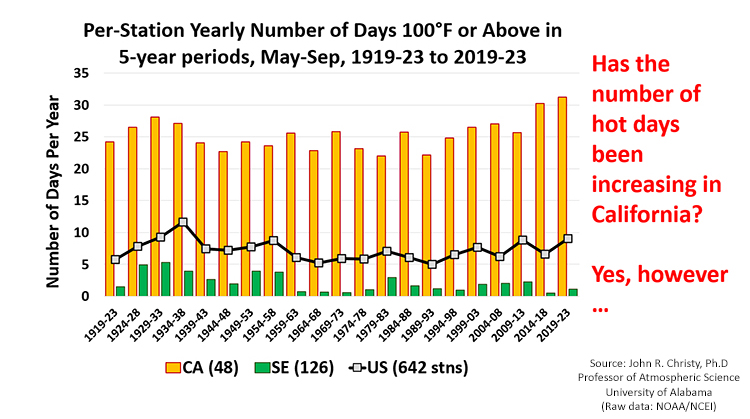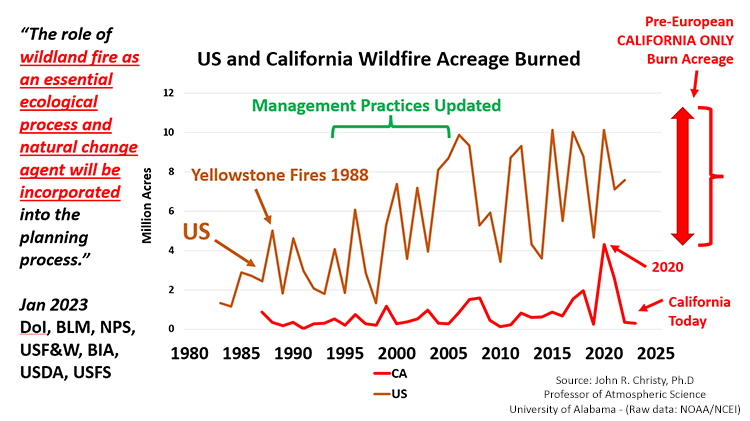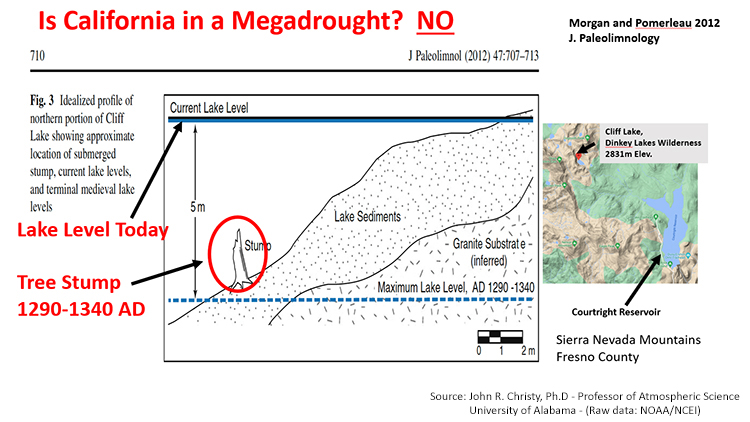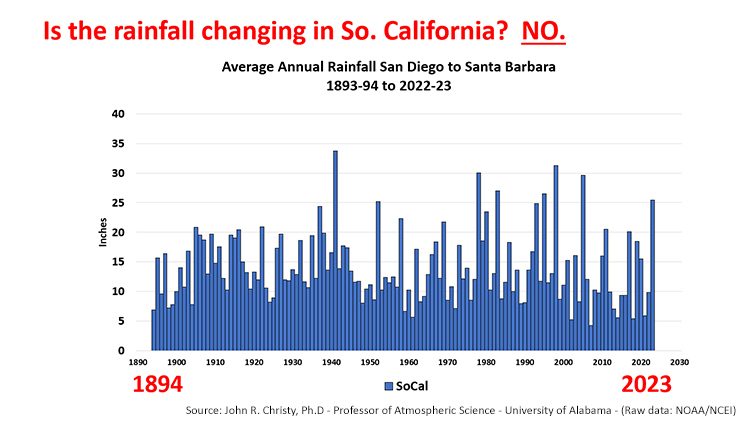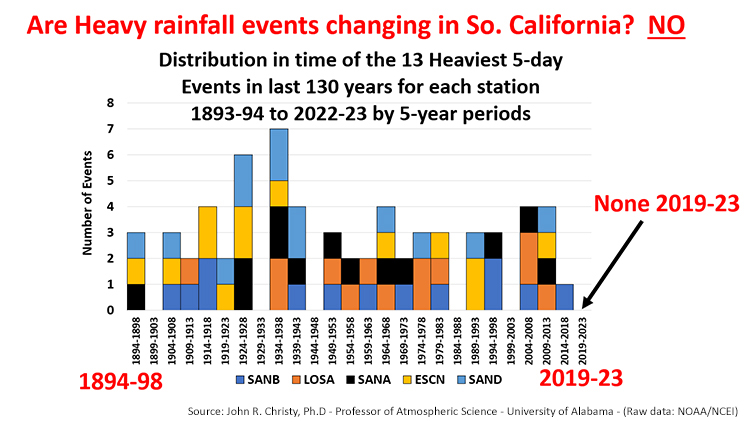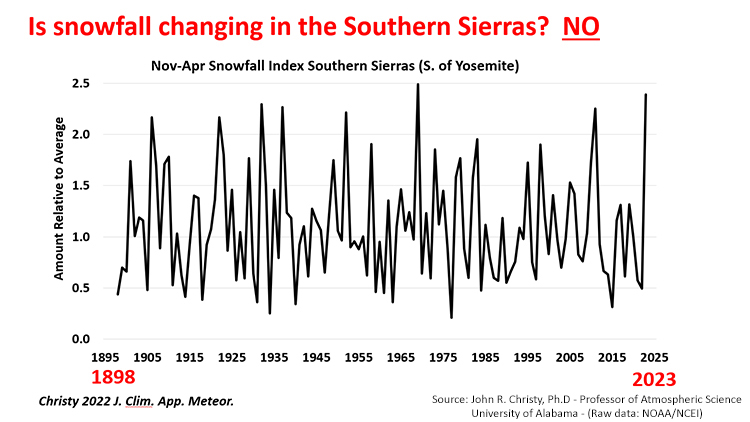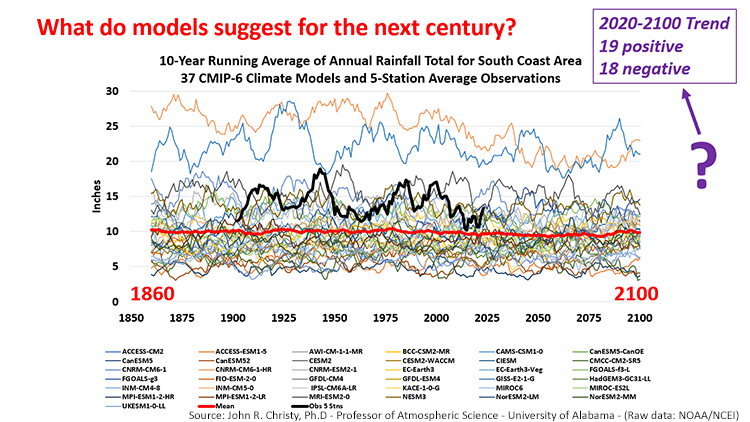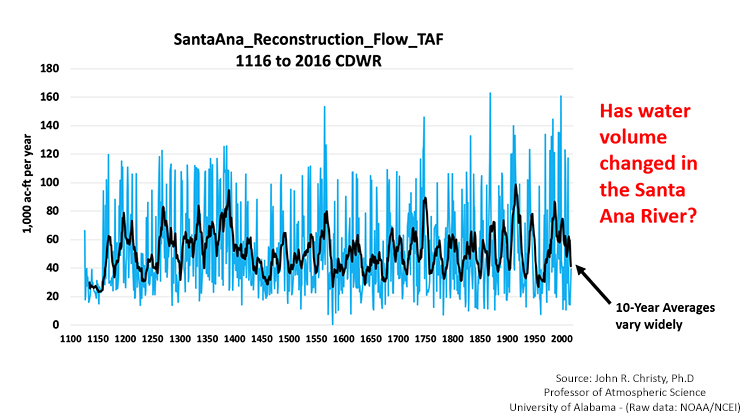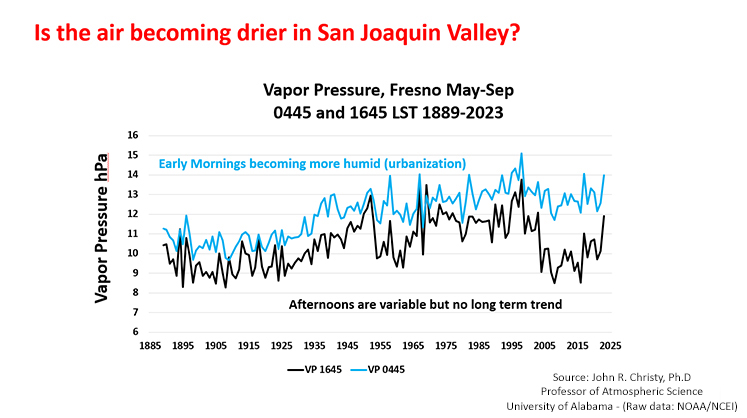Tribalism and Democracy
This latest war between Israelis and Palestinians, growing worse by the day, has its origins in the horrific slaughter of civilians by Hamas terrorists on October 7. It’s accurate to condemn this atrocity and blame Hamas for starting the war. It’s also completely reasonable to make a value judgement. Islamofascism is the greater evil and must not prevail. It terrifies not only Israelis but also countless millions of Arabs throughout the Middle East and beyond.
What’s much harder, however, if not impossible, is visualizing a solution to the underlying problem, which is two distinct peoples claiming the right to live in the same place.
And in this case, the powerful sentiments aroused on both sides point to bigger issues affecting everyone in the world. What defines a nation? What are the prerequisites for a functioning democracy? What is a legitimate justification for a population to live in a particular place?
According to Palestinians, at least those who want Jews expelled from Palestine, Jewish Zionists are colonial oppressors who over the past century have flooded into their land by the millions and stolen it from them. According to the Israelis, especially the right-wing faction, this land is their land and it has belonged to them for thousands of years.
The Israeli/Palestinian conflict is an extreme version of similar conflicts occurring around the world. In nations settled by Europeans, a growing number of activists are now claiming they are living on “stolen land.”
There is an obvious problem with using the stolen land argument to delegitimize the presence of an entire people living somewhere, which is that with rare exceptions, no land of any value, anywhere on earth, is not currently occupied by people who did not themselves displace previous occupants, who in most cases had in-turn also displaced previous occupants. For example, native tribes in the Americas fought each other for land long before Europeans arrived.
Even the fact that in antiquity Israelis lived in what is present day Israel cannot escape a stolen land accusation. Before the Jews entered what they referred to as the promised land, others already lived there. The first three verses of the Old Testament’s Deuteronomy Chapter 7 offers a vivid description of that moment:
“When the Lord your God brings you into the land you are entering to possess and drives out before you many nations—the Hittites, Girgashites, Amorites, Canaanites, Perizzites, Hivites and Jebusites, seven nations larger and stronger than you— and when the Lord your God has delivered them over to you and you have defeated them, then you must destroy them totally. Make no treaty with them, and show them no mercy. Do not intermarry with them. Do not give your daughters to their sons or take their daughters for your sons.”
Conquest, like slavery, is a fact of human history, common to almost every culture and found in every century. Before Christian crusaders fought to conquer Jerusalem in 1099, it was conquered by Islamic armies in 635. What’s changed is that in modern times we have evolved to the point where the consolidating finale to conquest in earlier centuries – to destroy the vanquished totally and show them no mercy – is condemned as genocide. That’s progress. Let’s not go backwards. But is democracy up to the task of reconciling antagonistic tribes, both intact, living on the same land
Where do you draw the line when making the stolen land argument? Does the establishment of a Jewish state in 1407 BC lend it more legitimacy than the preexisting ownership of land by Palestinians in 1948? If you’re talking to a Palestinian, that’s a hard argument to make with a straight face.
In the face of such unyielding passion and baffling complexity, what can an American, trying to be true to our finest ideals, make of the latest, horrifying events unfolding in the Middle East? As a nation committed to human rights, striving for moral worth in its foreign policy choices, is there any solution that can finally find universal appeal?
The so-called “two state solution” may have had a chance at one time, but rather than look for blame at the failure of a two-state solution to have ever worked despite many serious attempts, consider where we stand today. The four maps shown on this link are reasonably accurate representations of how Palestinian ownership has shrunk over the past 75 years. The West Bank, which was part of Jordan until 1967, might have been a Palestinian state, but today, the areas still occupied by Palestinians has been cut into dozens of pieces, following decades of relentless expulsions by Jewish settlers. This is still going on.
This reality bespeaks a difficult question: Is it realistic to think Palestinians would be willing to accept a two-state solution that offers them a territory that is cut into dozens of small pieces, surrounded by Jewish settlers occupying land that was not taken 75 years ago, but in some cases only months ago? And if the answer is no, as it is likely to be, is it realistic to think Jewish settlers are going to be willing to vacate enough land on the West Bank to give back a viable, contiguous territory to the Palestinians? Also, probably not.
Which brings up an even bigger question: Why aren’t Jews in Israel willing to accept a unitary state, a democracy where everyone living in the territory “from the river to the sea” gets one vote? And here we must ask, what defines a nation? It clearly isn’t just borders, because the borders of Israel, inclusive of Gaza and the West Bank, constitute a more viable geographic and economic unit than the fragmented jigsaw puzzle proposed as a “two state solution.” But nations aren’t merely defined by logical economic geography.
Israelis, regardless of whether or not you consider their territorial claims to be valid, are concerned that in a unitary state, their identity as a Jewish nation would be imperiled. Is it valid for Israelis to reject the prospect of living in a territory where a majority Muslim population, through the democratic process, determines their destiny? Is anyone surprised that Palestinians resent being disenfranchised in land that, at least in modern times, they used to call their own?
Asking who has the ultimate right to live in Israel, or Palestine, is an impossible question to answer to everyone’s satisfaction. But the larger question remains. What defines a nation? If the right to “self-determination” doesn’t apply to tribes of people unified by their language, culture, and heritage, does it still have any meaning? Most people would agree that at some point, it is not fair to suggest nations, and the people who live in them, don’t have the right to protect their culture from being overwhelmed by a new democratic majority that cannot or will not assimilate.
If you are not in favor of a unitary state in Israel/Palestine, where there is only one nation, and only one electorate, then you must question the alleged virtues of multiculturalism everywhere. You must question the wisdom of mass migration into Europe and the United States. And you’d better pay close attention to the relative birth rates of migrants versus people with native ancestry.
If Israel, as a nation, welcomes Jewish immigrants, but admits non-Jewish immigrants sparingly, what might Germany require, or the United States? Can the United States at least begin wielding its immigration policy in its own national interest, requiring from every one of its new residents a productive combination of skills, health, wealth, and cultural compatibility? Shall the United States be willing to define “cultural compatibility” and incorporate that as a fundamental element of its immigration policy? And if not willing to do that, at least to some degree, can the United States call itself a nation?
The battles between Israel and the Palestinians who believe themselves to have been displaced by Israelis very likely cannot be resolved. Two peoples are determined to live in one land. This is not unique in history. What is unique is only our hope, in this post-modern, allegedly enlightened age, that somehow eventually they can live together in peace. That may prove to be wishful thinking.
In nations where competing tribes with distinct cultures vie for political control, democracy is the engine of empowerment for the majority, and the engine of destruction for the minority. As war rages again in the Middle East, it only requires a glance at the collateral turmoil on the streets from Chicago to Berlin to see what’s at stake. We are all settlers. We are all illegitimate. And just like the Israelis, we have nowhere else to go.
Shall Israelis consent to live in a nation where they are a hated minority? Shall Americans or Europeans choose this fate? While they still can, in the nations they still call their own, it would be wise for Americans and Europeans to avoid a similar intractable reality.
This article originally appeared in American Greatness.

Edward Ring is a contributing editor and senior fellow with the California Policy Center, which he co-founded in 2013 and served as its first president. He is also a senior fellow with the Center for American Greatness, and a regular contributor to the California Globe. His work has appeared in the Los Angeles Times, the Wall Street Journal, the Economist, Forbes, and other media outlets.
To help support more content and policy analysis like this, please click here.

